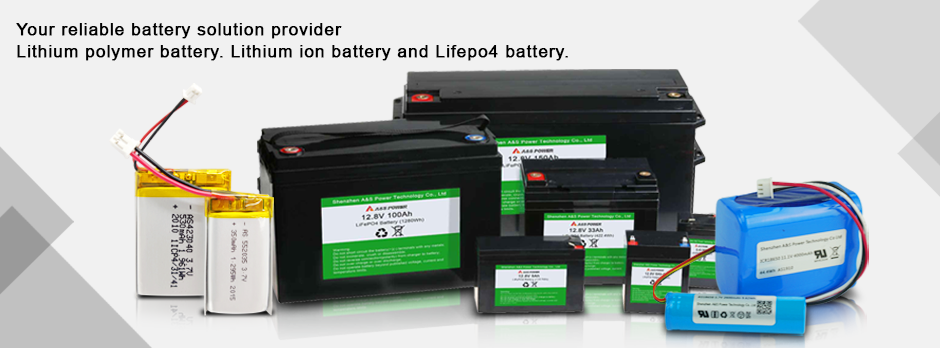How do Lithium Batteries Work? Discover why lithium-ion is a superior battery system
2021-06-23
Pioneering work of the lithium battery began in 1912 under G.N. Lewis, but it was not until the early 1970s that the first non-rechargeable lithium batteries became commercially available. Attempts to develop rechargeable lithium batteries followed in the 1980s but failed because of instabilities in the metallic lithium used as anode material. (The metal-lithium battery uses lithium as anode; Li-ion uses graphite as anode and active materials in the cathode.)
Lithium is the lightest of all metals, has the greatest electrochemical potential and provides the largest specific energy per weight. Rechargeable batteries with lithium metal on the anode could provide extraordinarily high energy densities; however, it was discovered in the mid-1980s that cycling produced unwanted dendrites on the anode. These growth particles penetrate the separator and cause an electrical short. The cell temperature would rise quickly and approach the melting point of lithium, causing thermal runaway, also known as “venting with flame.” A large number of rechargeable metallic lithium batteries sent to Japan were recalled in 1991 after a battery in a mobile phone released flaming gases and inflicted burns to a man’s face.
The inherent instability of lithium metal, especially during charging, shifted research to a non-metallic solution using lithium ions. In 1991, Sony commercialized the first Li ion, and today this chemistry has become the most promising and fastest growing battery on the market. Although lower in specific energy than lithium-metal, Li ion is safe, provided the voltage and currents limits are being respected.
Credit for inventing the lithium-cobalt-oxide battery should go to John B. Goodenough (1922). It is said that during the developments, a graduate student employed by Nippon Telephone & Telegraph (NTT) worked with Goodenough in the USA. Shortly after the breakthrough, the student traveled back to Japan, taking the discovery with him. Then in 1991, Sony announced an international patent on a lithium-cobalt-oxide cathode. Years of litigation ensued, but Sony was able to keep the patent and Goodenough received nothing for his efforts. In recognition of the contributions made in Li-ion developments, the U.S. National Academy of Engineering awarded Goodenough and other contributors the Charles Stark Draper Prize in 2014. In 2015, Israel awarded Goodenough a $1 million prize, which he will donate to the Texas Materials Institute to assist in materials research.
The key to the superior specific energy is the high cell voltage of 3.60V. Improvements in the active materials and electrolytes have the potential to further boost the energy density. Load characteristics are good and the flat discharge curve offers effective utilization of the stored energy in a desirable and flat voltage spectrum of 3.70–2.80V/cell.
In 1994, the cost to manufacture Li-ion in the 18650 cylindrical cell was over US$10 and the capacity was 1,100mAh. In 2001, the price dropped to below $3 while the capacity rose to 1,900mAh. Today, high energy-dense 18650 cells deliver over 3,000mAh and the costs are dropping. Cost reduction, increased specific energy and the absence of toxic material paved the road to make Li-ion the universally accepted battery for portable applications, heavy industries, electric powertrains and satellites. The 18650 measures 18mm in diameter and 65mm in length.
Li-ion is a low-maintenance battery, an advantage that most other chemistries cannot claim. The battery has no memory and does not need exercising (deliberate full discharge) to keep it in good shape. Self-discharge is less than half that of nickel-based systems and this helps the fuel gauge applications. The nominal cell voltage of 3.60V can directly power mobile phones, tablets and digital cameras, offering simplifications and cost reductions over multi-cell designs. The drawbacks are the need for protection circuits to prevent abuse, as well as high price.












